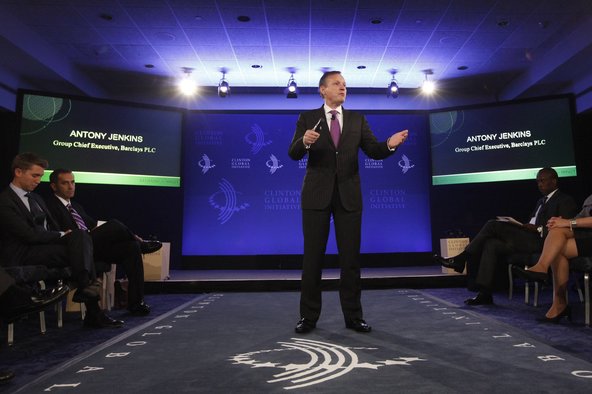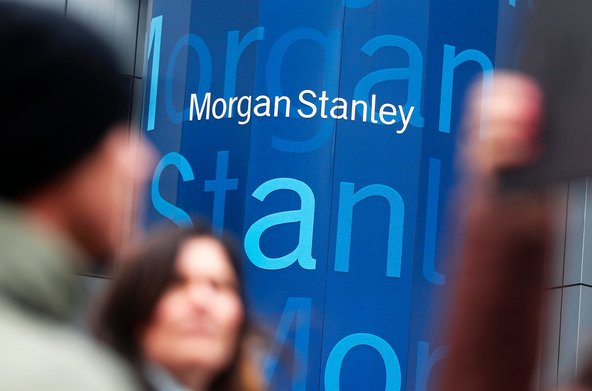The annual loss, which tax benefits reduced from an operating loss of $1.2 billion, compared with $1.16 billion in net earnings a year earlier.
In the latest quarter, which ended March 2, the company lost $18 million from operations. But recovery of income taxes transformed that into a $98 million profit for the quarter, or 19 cents a share.
BlackBerry has struggled with decining sales. Revenue in the latest quarter was $2.6 billion, compared with $2.7 billion in the same period a year ago. Annual revenue fell to $11 billion, from $18.4 billion a year earlier.
For about one month of the quarter, the first of its new phones, the BlackBerry Z10, was on sale in Canada, Britain and some other markets, but not the United States. BlackBerry said that it shipped about a million of the handsets during that time.
It nevertheless reported that there were 79 million BlackBerry subscribers worldwide at the end of the period, a loss of about three million users. Until the third quarter of the fiscal year, BlackBerry, formerly known as Research in Motion, had consistently increased the number of subscribers.
In an unanticipated move, the company announced that Mike Lazaridis, one of its co-founders, would cut all formal ties to BlackBerry in May. Along with Jim Balsillie, Mr. Lazaridis stepped down as co-chairman and co-chief executive in January 2012. Although Mr. Balsillie left shortly afterward, Mr. Lazaridis remained on BlackBerry’s board as vice chairman.
Last week, he announced plans to start an investment fund focused on companies working on computers based on principles from quantum physics.
“With the launch of BlackBerry 10, I believe I have fulfilled my commitment to the board,” Mr. Lazaridis said in a statement.
ATT became the first American carrier to offer the new phone last week. But visits to several wireless stores on Wednesday found striking differences in sales support for the phone that BlackBerry hopes will revive its much diminished fortunes.
At several locations, including an ATT store on Fifth Avenue in New York and another near Union Square in San Francisco, the Z10 was lumped in with other phones, some two years old, while signs and promotional material were absent. But at an ATT store in New York’s busy Union Square, the Z10 was heavily promoted. A salesperson there who identified himself as a BlackBerry specialist gave a deep demonstration of the device, including its ability to switch between corporate and personal apps.
The unevenness of presentation was also apparent at T-Mobile USA stores, which this week began selling the Z10, as well as the Apple iPhone 5 and Samsung Galaxy S 4, for $100 down and 24 monthly payments of $20. Verizon Wireless, which has a long association with BlackBerry, was to begin selling the Z10 on Thursday.
Brian X. Chen contributed reporting from New York and Quentin Hardy from San Francisco.
Article source: http://www.nytimes.com/2013/03/29/technology/a-profit-though-slim-for-blackberry.html?partner=rss&emc=rss





